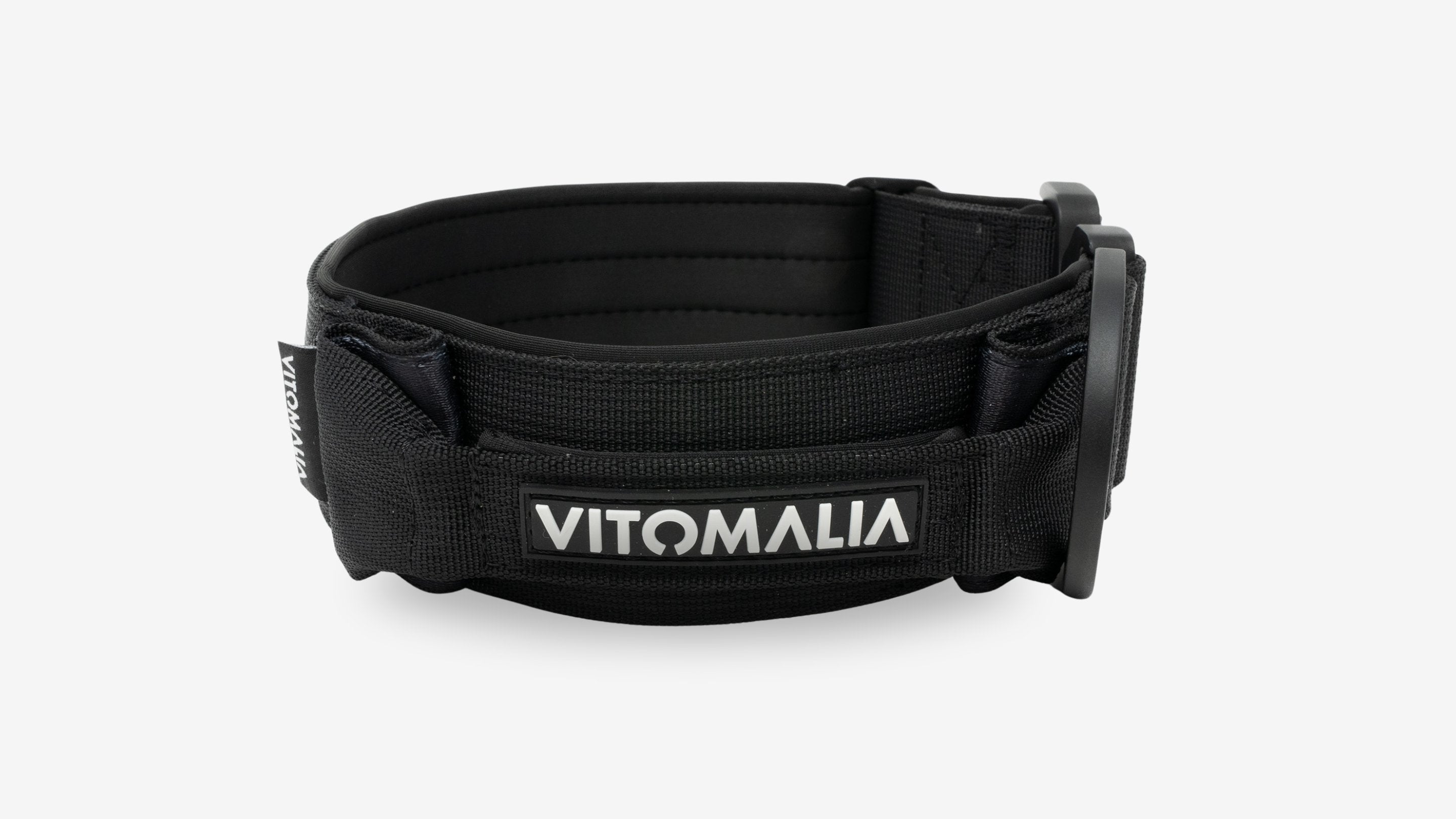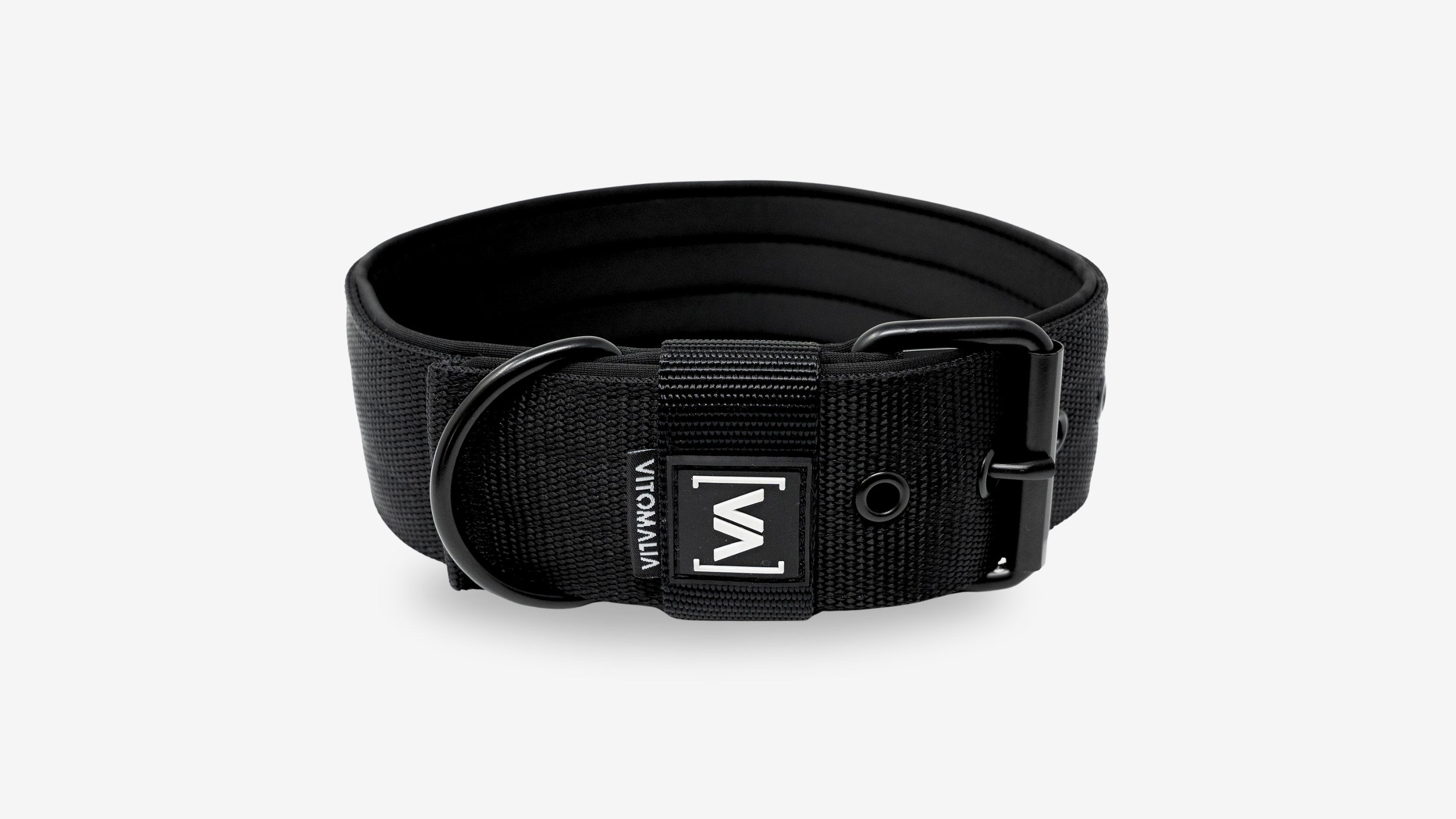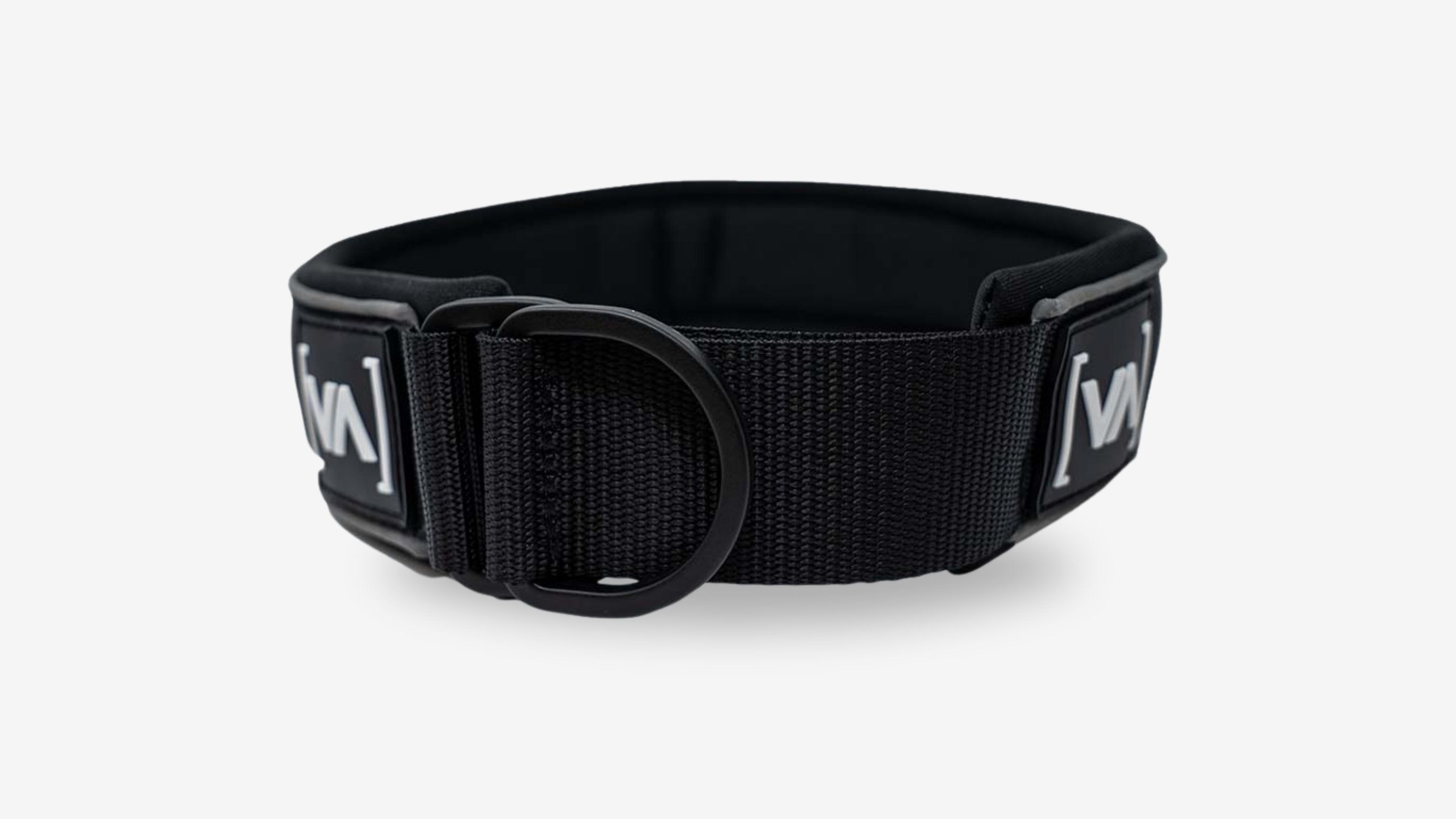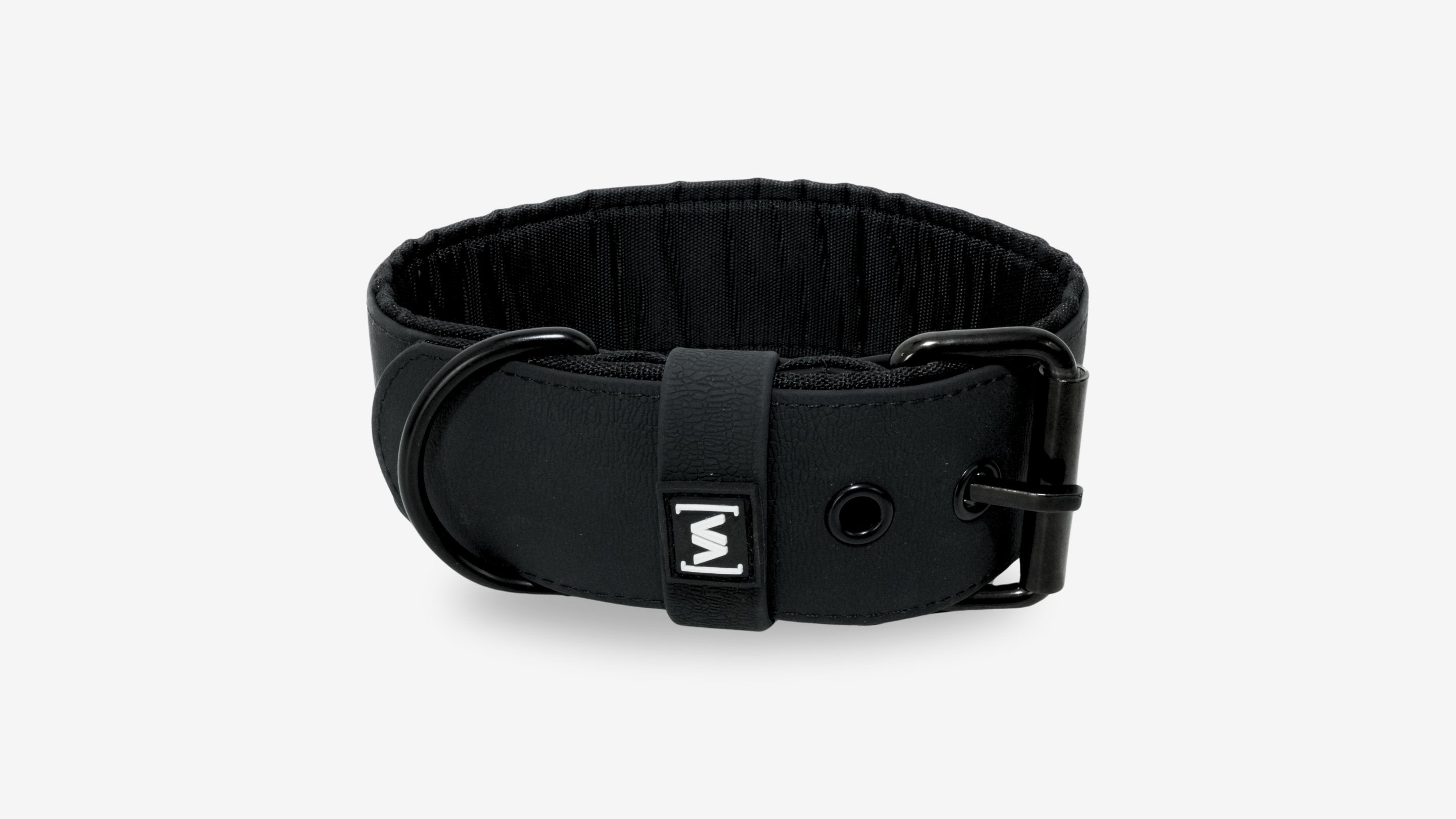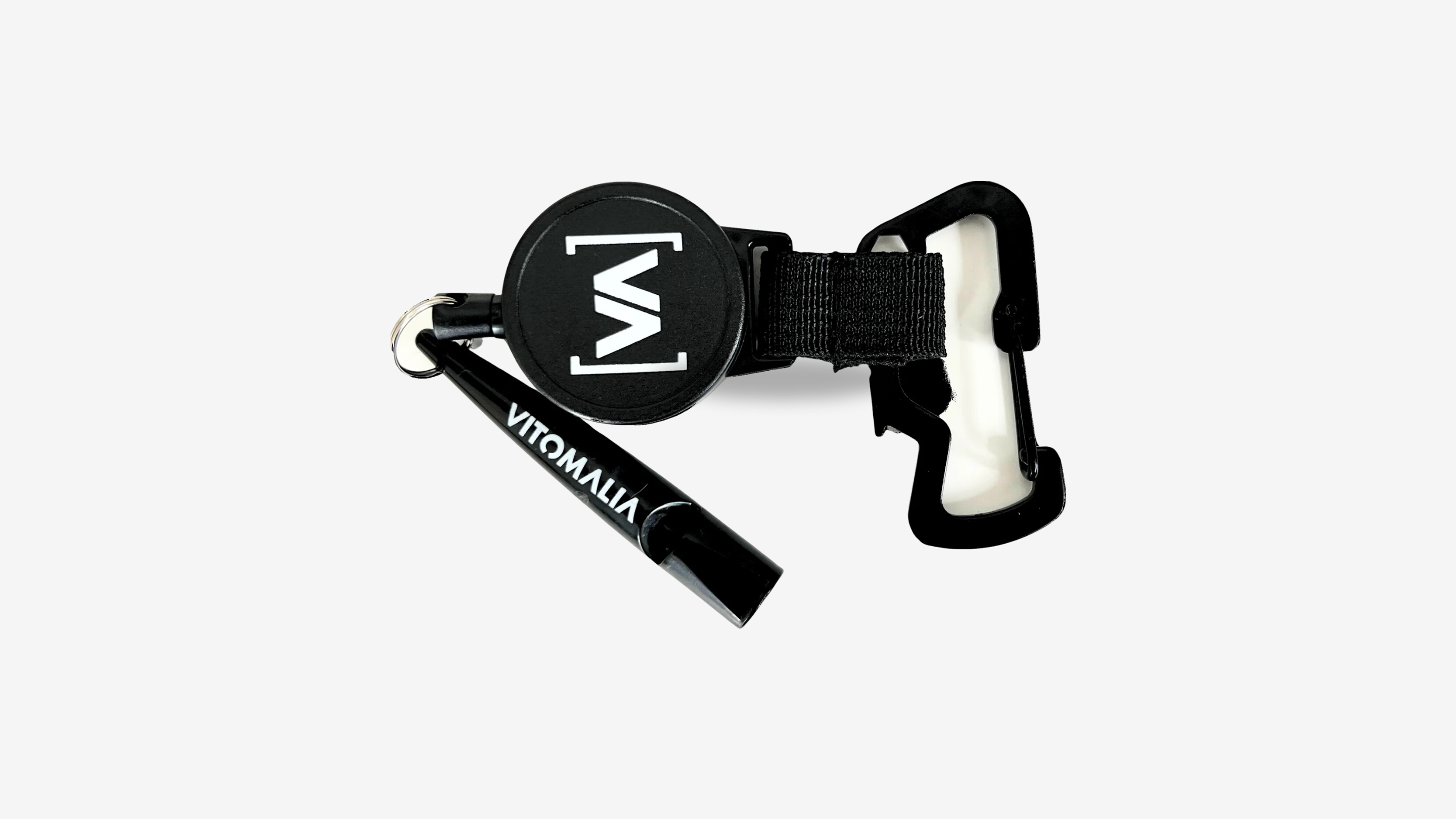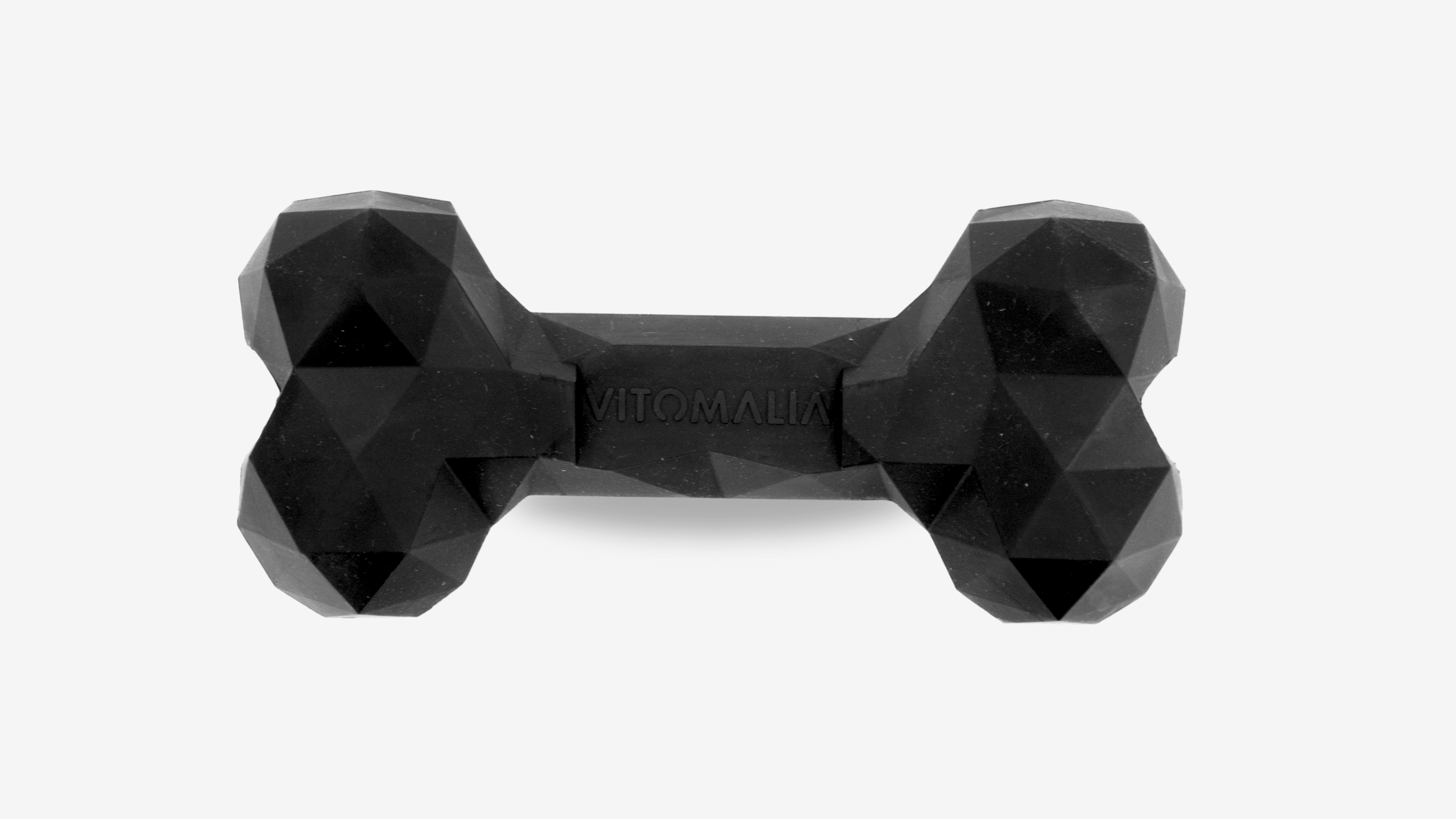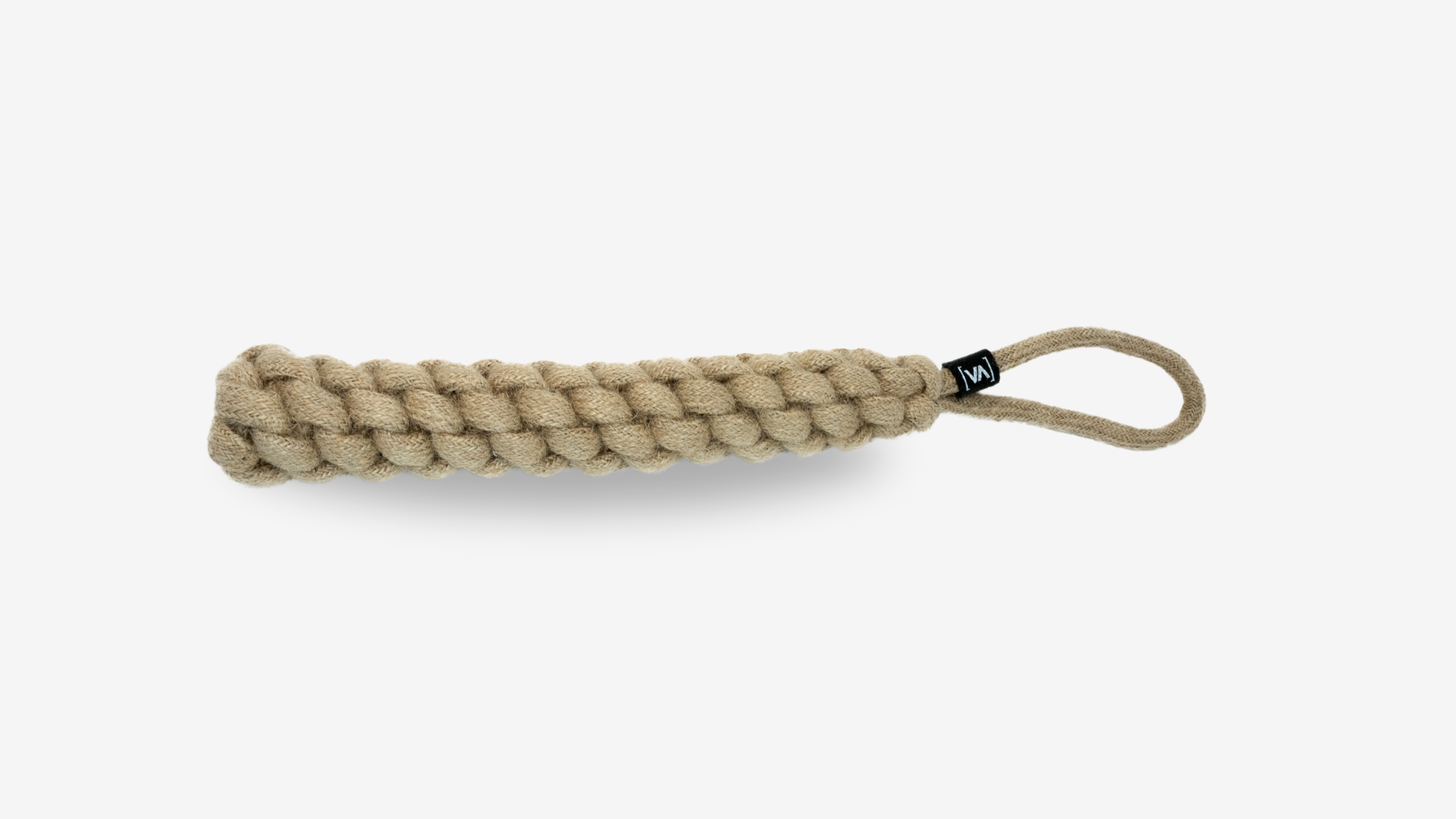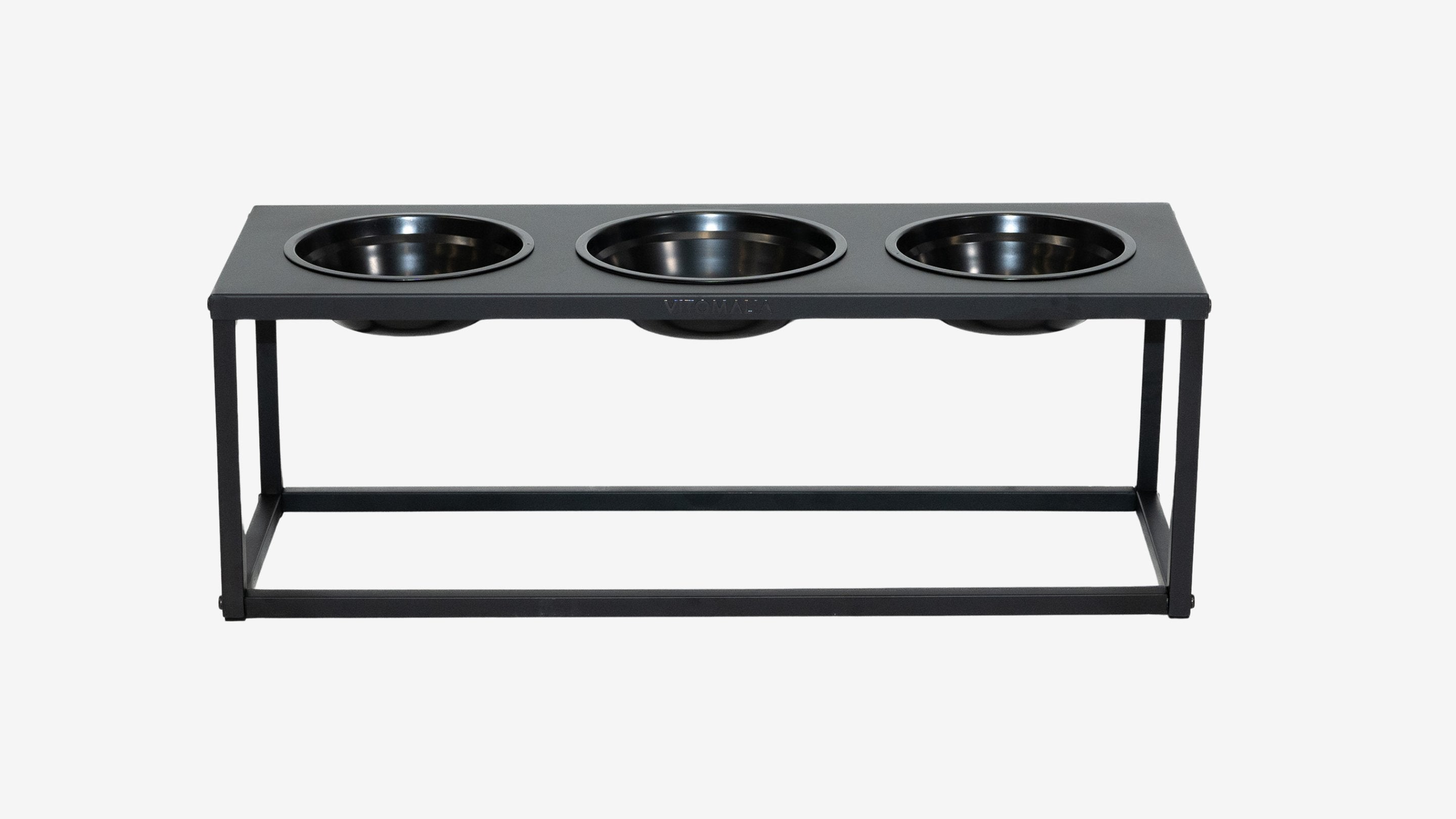Rest training on the go: blanket training 2 Go for dogs [Part 5]
Quiet: Measures & Management
Practising calmness means dealing specifically with calmness and relaxation. Relaxation and calmness cannot be trained like a "sit" and then recalled at will. Implementing calmness in everyday dog life means focusing the day specifically on calmness and thus primarily pursuing measures and calmness management.
An adult and healthy dog needs about 16-20 hours to doze and sleep. Puppies or old dogs need more than 16-20 hours of rest. Some dogs find their rest on their own. Other dogs need the help of humans. This may be due to the fact that the dog has not learned it from the beginning, or because its personality and character favours it. Diseases and dysfunctions can also be the cause of a restless dog. You can read more about this in the blog Why rest is so healthy .
 |
Dog as a social beingDogs are very social creatures and like to live in a group or their biological pack. As soon as the dog is separated from its family and moves in with us, we as humans are usually the most important social partner for our dog. We differentiate between blanket training "2 go" and blanket training that is set up in the dog crate or on the Dog Bed. The reason for this is that this type of blanket training should mainly work on the go, with an easily portable blanket or towel. You mainly need blanket training "2 go" in situations where your dog accompanies you in everyday life, such as in a restaurant. On these occasions, depending on the size of the dog, you may not have the option of taking a large Dog Bed with you. Dog bags are ideal for smaller dog breeds. These are small, cosy and easy to take with you. For larger dogs, you can use blankets or towels. We do not use treats so that there is no expectation and you can fall back on them at any time. |
Deckentraining "2 go"
Equipment: small blanket or towel, Harness or Collar and Leash, food toy or snacks if necessary
Ort: First at home, then everywhere
Duration: depending on how relaxed your dog is
The blanket can then also be taken to restaurants or visitors, because the dog has already learnt to be quiet |

|
Download the free training plan, all you have to do is register - no hidden costs, we promise.
